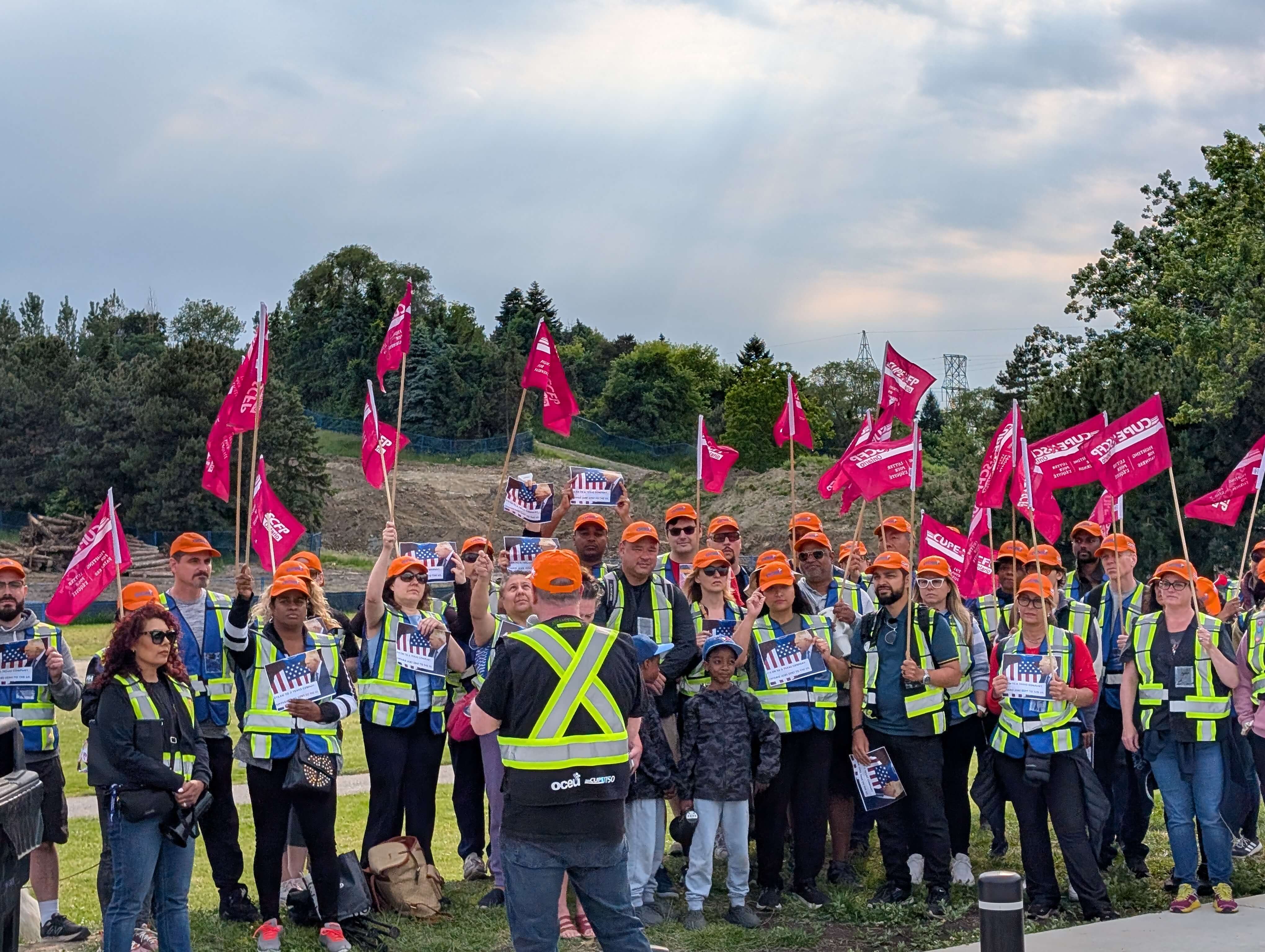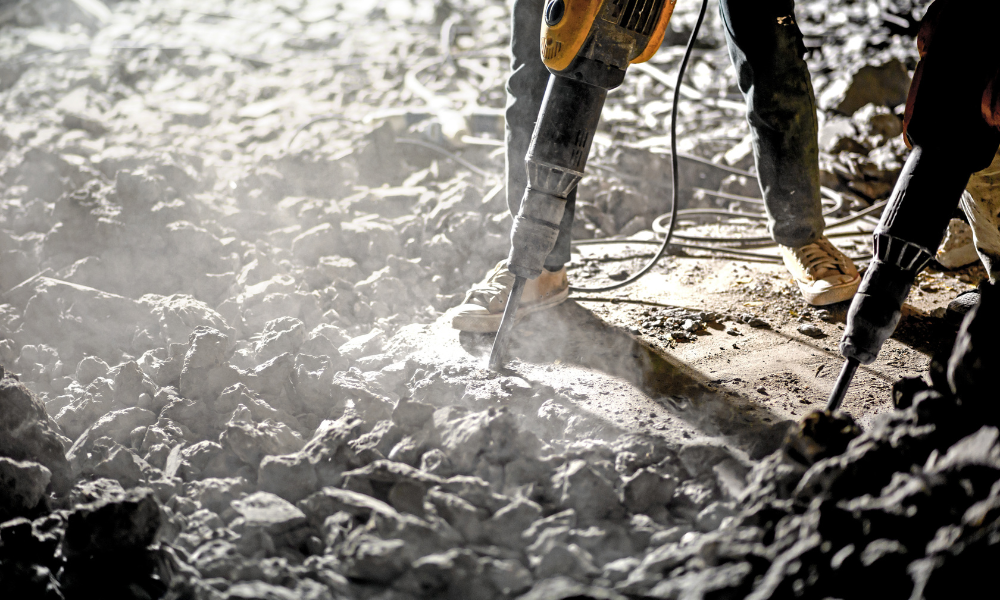Dealing with fire or flood-damaged buildings requires tailored responses, says expert

Justin McConville, Director of National Health and Safety at On Side Restoration Services, oversees the safety of 1,800 employees across Canada. Speaking to COS, he explains that his role is integral to maintaining and improving safety standards within a broad and diverse workforce - particularly in an industry characterized by emergency responses and variable hazards.
One of his proudest achievements came in 2018, when McConville was nominated to chair the Fire Flood Restoration Professional (FFRP) committee that united restoration contractors in British Columbia to tackle common safety issues.
“One of the strategies implemented was to come up with common goals of how to solve common problems," McConville adds. "There's no competition when it comes to safety – there’s no trade secrets - so we laid all our stuff on the table.”
The committee identified that the transient nature of the workforce poses additional challenges, particularly in training. Many workers come and go but remain within the industry, which means they often bring varying levels of experience and certification.
However, when it comes to comparing restoration services to new construction, McConville identified significant differences.
“A lot of times you're looking at construction [as a] new build, you're designing the project at the beginning. So you're hopefully building safety into the design of the project," he explains.
Restoration, on the other hand, often starts with emergency dispatches to sites with immediate hazards like floods or structural damage. This requires on-the-spot hazard assessments and tailored safety measures.
"We have to start planning at that point when we arrive on how to address the hazard," McConville adds.
“You can go off and do your safety certificate and be qualified within carpentry, but when you come to an older fire damaged building that has structural damage and asbestos, they don't train or educate people within that," McConville acknowledges.
To address this, On Side Restoration employs a wide range of specialists, including water damage technicians, hazardous materials technicians, carpenters, and electricians.
“We employ a wide range of, technicians, from hazardous materials technicians, to carpenters to electricians, we have a full range of internal staff," McConville says.

What really sets them apart, however, is their in-house learning and knowledge department.
They work with their field staff and internal subject matter experts to build courses that are directed to our industry. Before a worker ever steps in the door of one of these really hazardous projects, they've already virtually walked through a bunch of them and they've learned how to identify hazards by clicking on hazards and videos and walking through the sites to digitally to prepare themselves.
Standardizing safety procedures nationwide has been an additional significant achievement for McConville.
“We’ve standardized our procedures. We’ve taken the most stringent regulations of every provincial and federal legislation and we've added a little bit to it, and that's our national standards. It doesn't matter where workers travel through Canada, they follow our standards will all that which will always exceed the provincial requirement that they're in.”
And, looking to the future, McConville sees emerging technologies, particularly AI, as potential game-changers in workplace safety. For instance, drones are used to assess roof damage. However, he remains cautious about over-reliance on technology.
“You can't just build safety procedures and programs and manuals, because those still need that human element to really think through what those hazards are, how to deal with them and how to get people involved. We’re figuring out how to use these tools to protect our workers.”
While McConville is passionate about maintaining that human touch in safety, there’s no denying that technology is changing the face of occupational health rapidly. And, at On Side Restoration Services, they’re cautiously but quickly integrating new tech and tools into their best practices.
"We use different scanning software,” he tells COS. “Matterport and DocuScan - things like that. [This means] we can actually go into these really hazardous situations with the scanning tool, scan the entire property, and then we build those into courses. [However], You can't ever replace a health and safety committee [with tech], for example, [or] building really robust policies and procedures in my opinion.”





